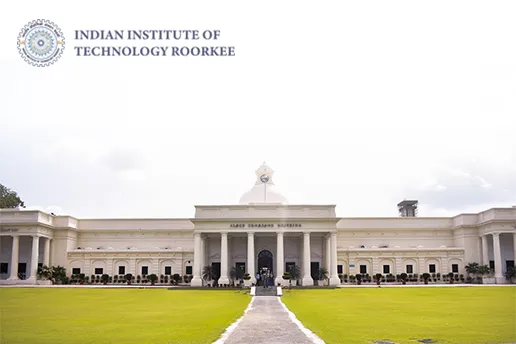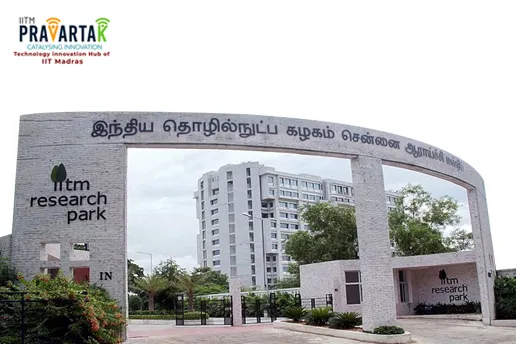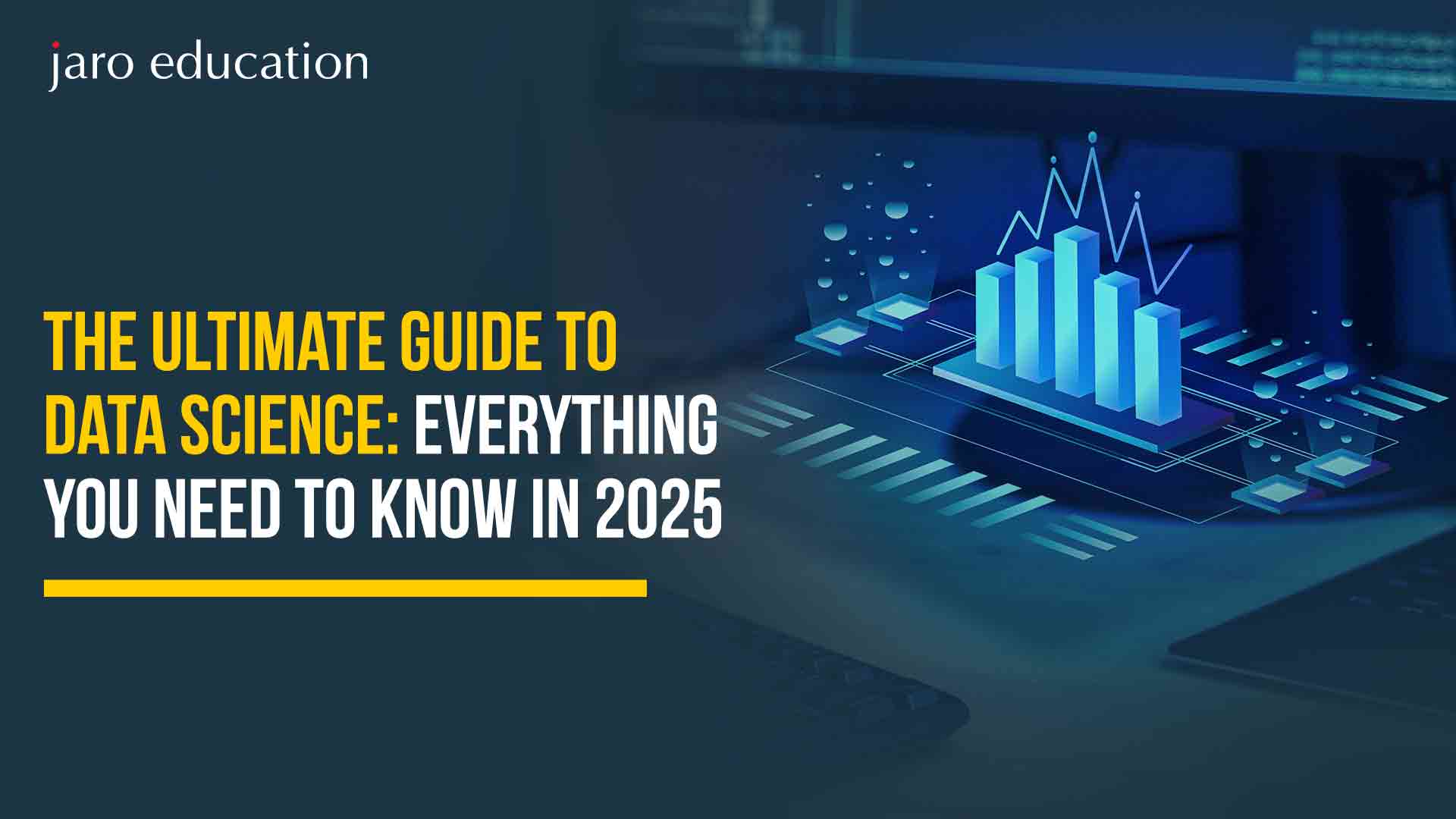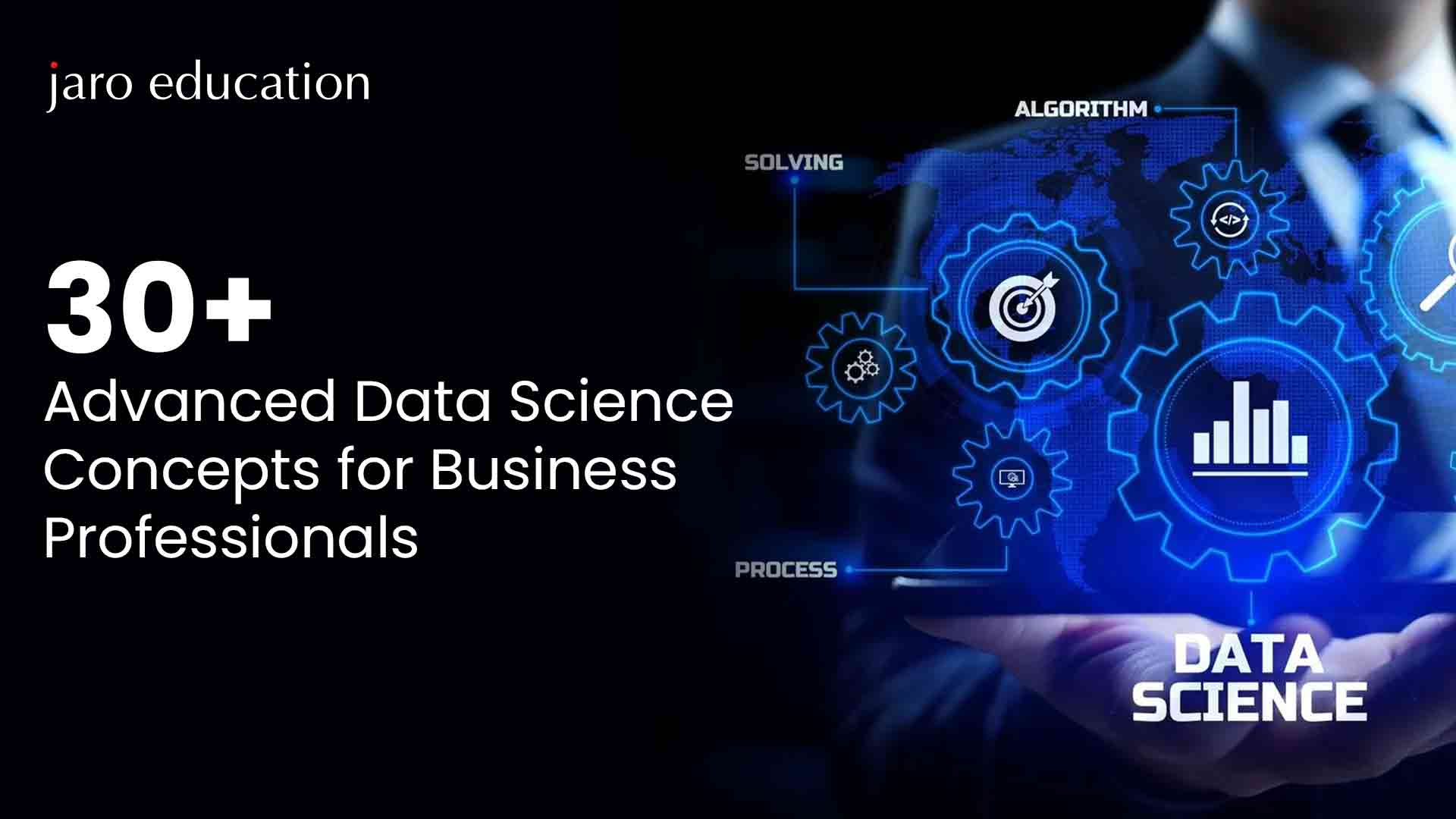Top 60 DBMS Interview Questions with Answers for 2025
Table of Contents

Are you getting ready for your next database interview? No matter if you’re a fresher entering the tech space or a professional preparing for a more advanced role, DBMS interview questions are something you’ll want to practice. This guide features the most commonly asked DBMS interview questions and answers, including DBMS interview questions for freshers, database interview questions, DBMS viva questions, and additional DBMS important questions that will help you in exams and job interviews!
Basic DBMS Interview Questions and Answers for 2025

- What is a DBMS?
A DBMS (Database Management System) is the software that controls a database and enables users to store, retrieve and manipulate data in a practical manner. This implies that the DBMS acts as a bridge between the users of the databases and the databases.
- What are the benefits of a DBMS?
Central control, consistent data, less redundancy, data security, and the ability to retrieve data efficiently.
- What is a database?
A database is an organized collection of data or information. It is usually maintained on a computer system.
- Describe the distinction between a file system and a DBMS.
File systems do not have data security features, data retrieval methods, or data consistency, whilst a DBMS provides these features and adds a structured and organized way to manage many relationships between data.
- What are the different types of DBMS?
The major database types are:
- Hierarchical DBMS
- Network DBMS
- Relational DBMS (RDBMS)
- Object-Oriented DBMS
- What is RDBMS?
Relational database management is RDBMS. A DBMS is a DBMS that stores a database, and where the database is stored in a format of tables or relations, where each table has columns and rows. Its organization is according to the relational model.
- What is a primary key?
A primary key is a column or columns by which a record in a table is unique. All the records have to be distinct and then have to have one or more primary keys in one of the records in the relational database. A primary key must have a uniqueness defined over the columns that constitute a primary key. An example of a primary key is a student number. Students should not be allowed to have duplicate student numbers because such students will be considered non-unique.
- What is a foreign key?
A foreign key is a column or a combination of columns in one table that uniquely identifies a row of another table or the same table. It also refers to the rows in that table.
- How will you differentiate between a primary key and a unique key?
A primary key cannot include NULL values, nor can it have more than one such key in a table. A unique key can be NULL, and multiple unique keys in a table can exist.
- ACID in DBMS?
ACID is a set of transaction properties in a Database Management System, and the acronym ACID refers to Atomicity, Consistency, Isolation and Durability. A transaction is treated as the unit of work in the database, and the ACID properties are what guarantees reliability in the processing of database transactions.
DBMS Interview Questions for Freshers with Examples on Database Design & Normalization
- What is normalization?
Normalization is a procedure of arranging data in the architecture of the database, which minimizes replication of data and enhances data integrity. In normalization, the data is harmonized through the creation of smaller tables.
- What are the normal forms?
The three most commonly used normal forms are: 1NF (First Normal Form), 2NF (Second Normal Form), and 3NF (Third Normal Form). BCNF (Boyce-Codd Normal Form) is an even stricter variation of 3NF.
- What is 1NF?
A table is in the First Normal Form, 1NF, if every column contains atomic (single) values and there are no repeating groups of columns.
- What is 2NF?
A table is in 2NF, Second Normal Form, provided it is in First Normal Form ( 1NF ) and all of its non-key attributes are fully functionally dependent on its own primary key.
- What is 3NF?
A table is in Third Normal Form, 3NF, when it is in 2NF, with no transitive dependencies.
- What is denormalization?
Denormalization is the process of deliberately introducing duplicate data in any database to enhance performance. It is common practice to denormalise data by eliminating the need to perform joins.
- What is functional dependency?
A functional dependency occurs when one attribute in a table uniquely determines the value of another attribute.
- What is a composite key?
A composite key is a primary key that consists of two or more columns that can uniquely identify a record.
- What is a candidate key?
A candidate key is the minimal number of attributes that can uniquely identify a tuple (row) in a relation. All candidate keys can be potential primary keys.
- Define a surrogate key
A surrogate key is a user-unmeaningful, artificially generated system-assigned key that is used to uniquely identify a row when there is no natural primary key available.
Most Common Database Interview Questions Asked in Interviews: SQL & Commands
- What are the types of SQL commands?
SQL commands are categorized into DDL (Data Definition Language), DML (Data Manipulation Language), DCL (Data Control Language), and TCL (Transaction Control Language).
- What is DDL?
DDL commands define the schema of the database. Examples of DDL commands: CREATE, ALTER, DROP, TRUNCATE.
- What is DML?
DML commands are used to manipulate or retrieve data from the database. Examples of DML commands: SELECT, INSERT, UPDATE, DELETE.
- What is the difference between the TRUNCATE and DELETE commands?
TRUNCATE is a DDL command that removes every row from a table. TRUNCATE cannot be rolled back or reversed. DELETE is a DML command that purges rows based on the conditions established in the query; this can be reversed or rolled back.
- What is the difference between DROP and TRUNCATE?
DROP eliminates the entire table and the data it contains permanently. TRUNCATE deletes every row within a table but keeps the table structure.
- What is a JOIN?
A JOIN clause is used to combine records from two or more tables along a shared column between them.
Explain the types of JOINs.
- INNER JOIN: This JOIN returns records when there is a matched record in both tables.
- LEFT JOIN (or LEFT OUTER JOIN): This JOIN returns all records from the left table, and the matched records from the right table.
- RIGHT JOIN (or RIGHT OUTER JOIN): This JOIN returns all records from the right table, and matched records from the left table.
- FULL JOIN (or FULL OUTER JOIN): This JOIN returns all records when there is a matched record in either the left or the right table.
- What is a GROUP BY clause?
The GROUP BY clause is used with aggregate functions to group the result set by one or more columns.
- What is the difference between WHERE and HAVING?
The WHERE clause is used to filter records before group by takes place, whereas the HAVING clause is used to filter records after the data has been grouped.
- What is a VIEW in SQL?
A VIEW is a virtual table whose contents are defined by a query. A VIEW does not store data and presents data stored in the base tables.
- What is a VIEW in SQL?
A VIEW is a virtual table based on a SQL query result set. It does not store data, only displays data from the base tables.
DBMS Interview Questions and Answers: Concurrency & Transaction Management
- What is a transaction?
A transaction is a single logical unit of work; one or more SQL statements can consist of a transaction.
- What is concurrency control?
Concurrency control is a set of protocols that ensure multiple transactions can be executed at the same time, while preserving the integrity of the database.
- What is a deadlock?
A deadlock occurs when two or more transactions attempt to acquire the same lock and are waiting for each other, thus causing a deadlock.
- What types of locks do we have?
Shared Lock – This lock allows multiple transactions to read the same data concurrently.
Exclusive Lock – This lock allows only one transaction to modify the data at once.
- What is a checkpoint?
A checkpoint is a mechanism that is used in DBMS to alleviate the amount of time taken to recover the database following a crash. The checkpoint will write all the changes from the buffer to the disk before recovery.
DBMS Interview Questions and Answers: Data Models & Architecture
- What is a data model?
A data model describes data, data relationships, and data constraints as a conceptual tool.
- What is the difference between schema and instance?
A schema is the logical design or structure of a database, while an instance is the actual data stored in the database at a moment in time.
- Explain the 3-tier architecture of a DBMS.
The 3-tier architecture has the following components:
- Presentation Layer (Client Tier): The user interface.
- Application Logic Layer (Middle Tier): The application server that processes user requests.
- Data Layer (Database Tier): The database, where the data is physically stored.
- What is an E-R model?
A conceptual data model that represents the real world as entities and the relationships among them is called an Entity-Relationship (E-R) model.
- What is an entity?
An entity is a real-world object that can be distinguished from other objects, such as a person, place, or event.
- What is an attribute?
An attribute is a property/characteristic of an entity. For an entity Student, the attributes may be a student’s name, age, or address.
DBMS Interview Questions and Answers: Indexes & Optimization
- What is an index?
An index is a data structure that increases the speed of data retrieval from a database table.
The types of indexes.
- Clustered Index: A clustered index determines the physical order of data in a table. A table may only have one clustered index.
- Non-Clustered Index: A non-clustered index does not change the physical order of data but instead makes a separate structure that uses pointers to the actual data rows.
- What is query optimization?
Query optimization is the process of selecting the best query execution plan to retrieve data from the database.
- What is a B-Tree?
A B-Tree is a self-balancing tree data structure that maintains sorted data and allows for searches, sequential access, insertions, and deletions in logarithmic time. B-trees are often used for database indexes.
DBMS Interview Questions and Answers: Keys & Constraints
- What is a super key?
A super key is a set of one or more attributes that uniquely identify a tuple in a relation, when combined.
- What is an alternate key?
An alternate key is simply a candidate key, which has not been selected as the primary key.
- What is a composite primary key?
A composite primary key is a primary key that is comprised of two or more attributes that uniquely identify each record.
- What is a referential integrity constraint?
A referential integrity constraint is a rule that ensures that a foreign key value in one table matches a primary key value in another table.
- What are integrity constraints?
Integrity constraints are a collection of rules used to maintain the accuracy and consistency of the data in a relational database.
DBMS Interview Questions and Answers: Other Concepts
- What is a cursor?
A cursor is a database object used to retrieve a row from the result set and provides more flexibility with data manipulation.
- What is a trigger?
A trigger is a stored procedure that executes automatically in response to a specific event on a table (INSERT, UPDATE, DELETE).
- What is a stored procedure?
A stored procedure is a set of SQL code that is already prepared and can be saved and reused. A stored procedure can improve performance and security.
- What is a checkpoint?
A checkpoint is an optional feature within a DBMS that minimizes the time needed to recover a database after a crash by writing all pending changes back to the disk from the buffer.
- What is a schema?
A schema is the description of the database structure, such as tables, fields, relationships, indexes, and views.
- What is embedded SQL?
Embedded SQL is a definition that relates to the process of integrating the statements of a programming language in a high-level language with SQL statements.
- How are OLTP and OLAP different?
OLTP, or Online Transaction Processing, is for managing and maintaining everyday transactions, whereas OLAP, or Online Analytical Processing, is used for business intelligence data analysis.
- What is a data warehouse?
A data warehouse is a large integrated local data store that is created, harvested, and managed from one or more independent data sources, to be used for reporting and data analysis.
- What is a database shard?
Database sharding is the technique of logically reducing the quantity of data and splitting it horizontally into smaller, manageable data parts, also known as shards.
- What is NULL?
NULL indicates that there is missing or unknown data in a field, and should never be interpreted as zero or an empty string.
- What is a “buffer overflow attack” and how might it impact a DBMS?
A buffer overflow attack is a cyber attack in which a hacker can send a program more data than it was meant to handle and corrupt the adjacent memory, possibly running malicious code. In a DBMS, this vulnerability could be abused to evade security mechanisms, gain easy access to privileged sensitive data, and crash the database server. Prevention of these attacks primarily comes from validation of input data, using a programming language with buffer overflow protection, such as Python, and using coding methodologies that para-structure memory functions.
Expert Tips to Answer DBMS Interview Questions with Confidence
Although preparing for a DBMS interview can seem daunting, knowing the right techniques can help you maintain calm and confidence throughout the interview process. Don’t get caught up in memorizing definitions; instead, focus on understanding the meaning behind concepts and working on how you would give a written or spoken description of them. Interviewers are looking for candidates who will not only be able to know materials, but also leverage their knowledge into solutions. Here are some experts’ tips to give you the confidence to succeed in a DBMS interview.
Expert Tips:
- Know the Basics Thoroughly – and refresh, refresh, refresh, keys, normalization, SQL queries, etc..
- Practice Common Questions – Work through DBMS interview questions & answers to understand the patterns.
- Tie to Real Life – When you’re explaining, try and connect to a practical person (e.g., normalization prevents redundancy).
- Keep it Simple! – Don’t use excessive terminology; explain it simply, particularly in viva-style questions.
- Do the SQL! – Be prepared to do SQL in your interview, and explain it.
- Stay Calm & Thorough – Take a moment before answering, and use a step-by-step approach.
Answer Follow Ups! – Many interviewers will begin asking follow-up questions to assess the depth of knowledge.
Conclusion
The important thing is to prepare properly for DBMS interview questions, and you will pass your exams and job interviews confidently. Whether it be DBMS interview questions for freshers or advanced database interview questions, the practice will always give you an advantage. In addition to the list of DBMS interview questions and answers and common DBMS viva questions, you will get all of the other important DBMS questions you need for your academic and future career.
Frequently Asked Questions
What are the most commonly asked DBMS interview questions?
Some of the most asked DBMS interview questions include normalization, keys in DBMS, SQL queries, transactions, and ACID properties.
Where can I find DBMS interview questions and answers for preparation?
You can find curated DBMS interview questions and answers in this guide, which covers basics to advanced concepts with simple explanations.
What type of DBMS interview questions for freshers are usually asked?
For freshers, interviewers often ask DBMS interview questions for freshers such as primary key vs foreign key, types of DBMS, joins, and normalization levels.
Are database interview questions different from DBMS interview questions?
Yes, database interview questions usually focus on practical SQL queries and database design, while DBMS interview questions cover theoretical concepts along with applications.
What are some important DBMS viva questions for students?
Common DBMS viva questions include differences between DBMS and RDBMS, defining constraints, normalization, indexing, and the advantages of DBMS.

















